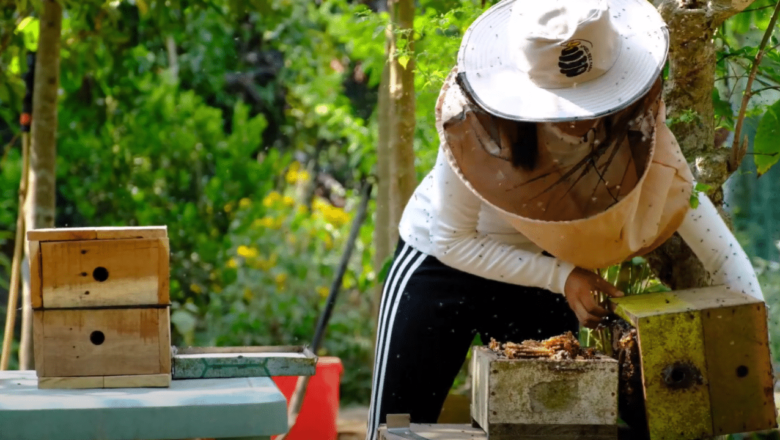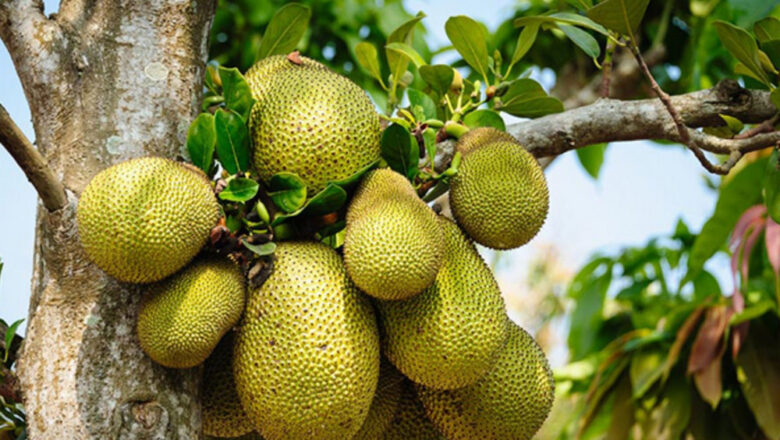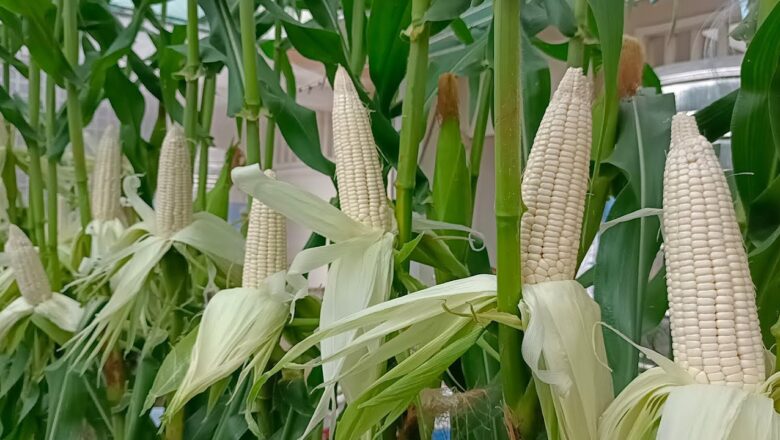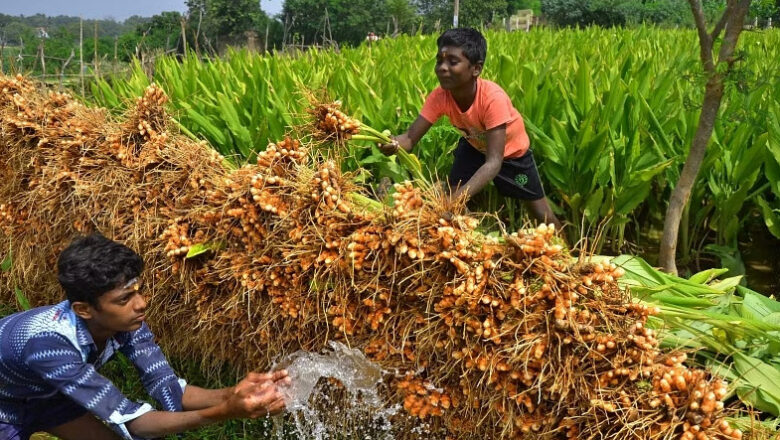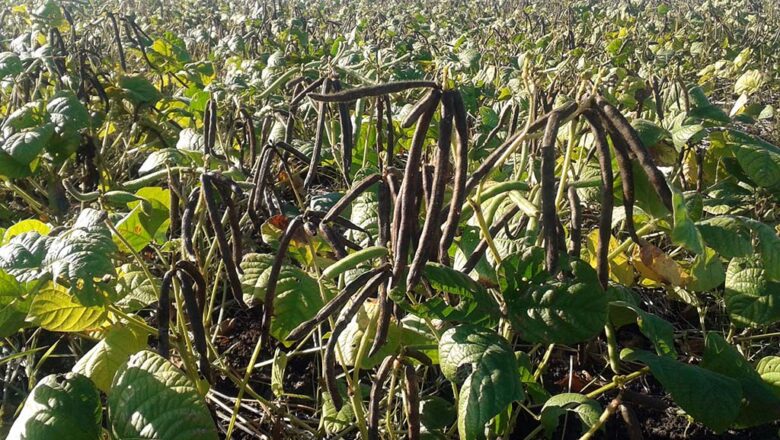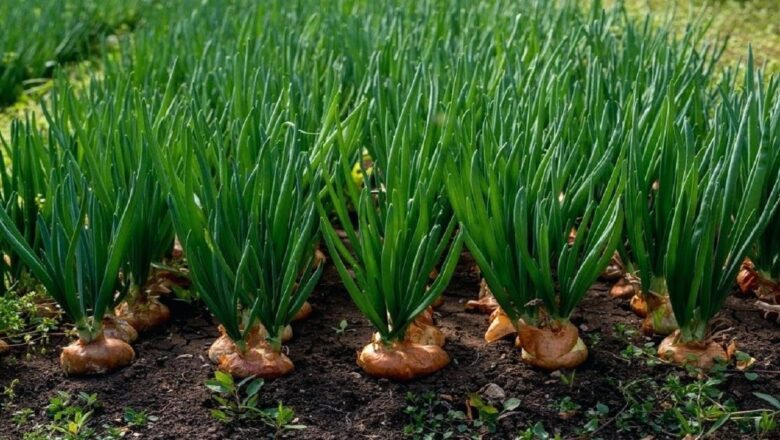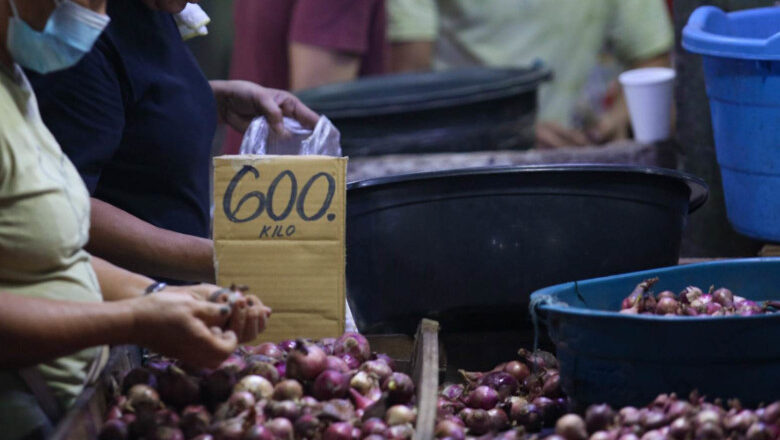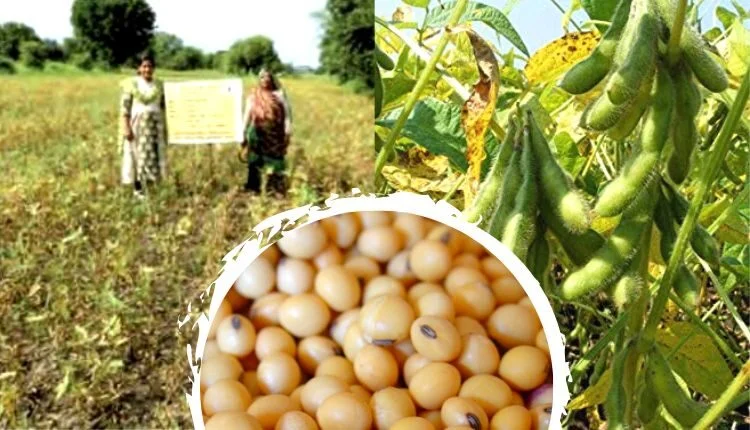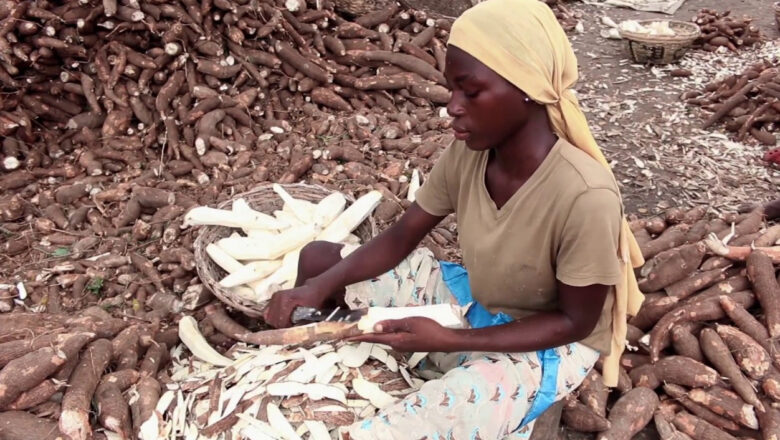
Maximizing Cassava’s Potential: A Sustainable Solution for Livestock Feed
Cassava, known scientifically as Manihot esculenta, has been a staple crop in the Philippines for centuries. Despite its versatility and multiple uses, including human consumption, medicinal purposes, and industrial applications, its potential as a feed ingredient for livestock has been largely untapped. While local research dating back to the 1970s and 1980s has highlighted the viability of cassava as a partial replacement for corn in animal feed, the livestock industry has yet to embrace this opportunity fully. This article explores the benefits of utilizing cassava as livestock feed, its current status in the Philippines and globally, and potential strategies to maximize its utilization.
Cassava: An Overview
Cassava, also known as balinghoy or kamoteng-kahoy locally, is a root cro...

